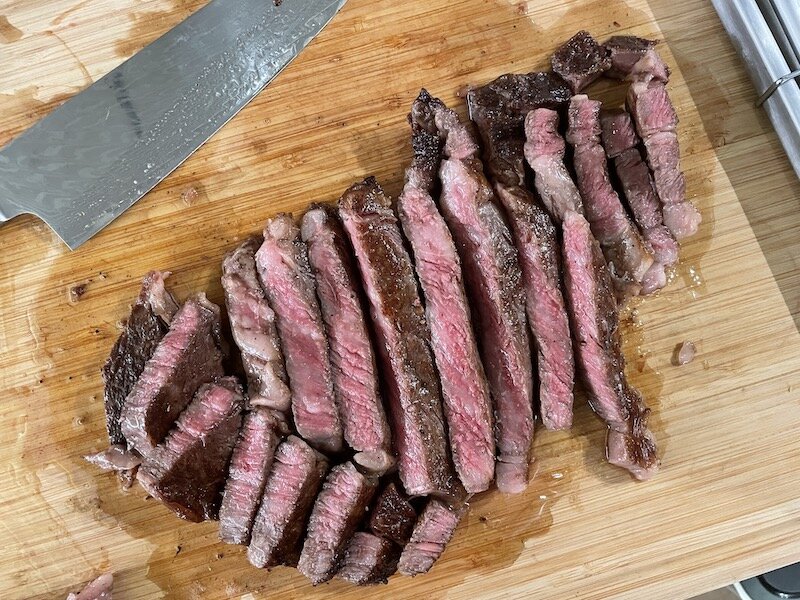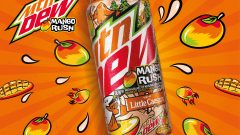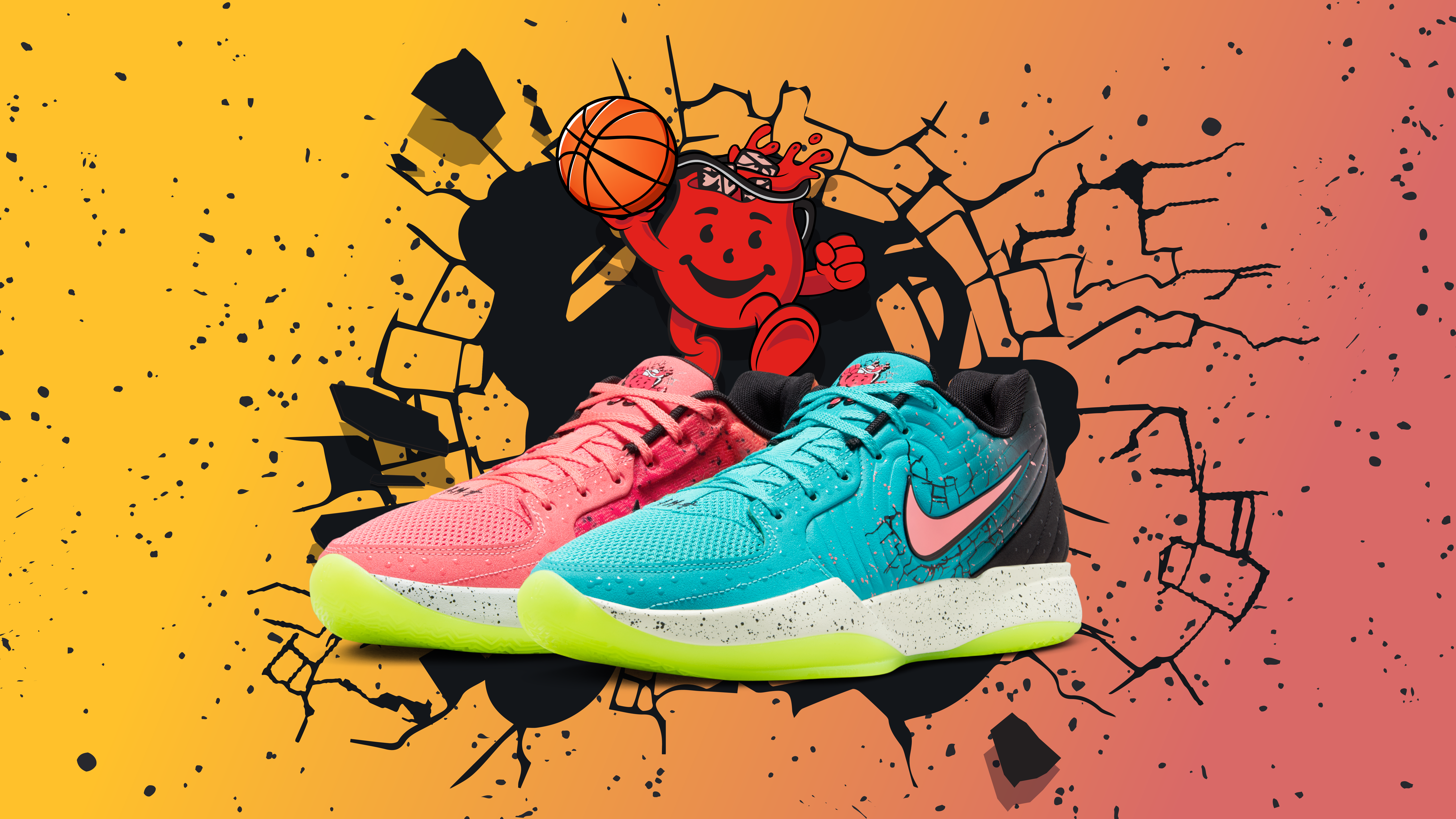Know the Difference: Japanese Wagyu VS. Australian Wagyu

The advent of social media, coupled with the booming interest in unique dining experiences, has turned the average consumer into savvy diners equipped with discerning palates and the want for the next bigger, better and oftentimes more opulent bite. This wave of keen restaurant goers is most directly responsible for the boom of interest in Wagyu beef.
Wagyu is world-renowned for its exquisite marbling, which is the intramuscular fat that permeates throughout the cut of beef. More marbling means juicier, fattier, more flavorful meat.
For the average person, Wagyu beef may seem like another buzzword that’s seemingly slapped on certain menu items just to drive up its price and hype. But for experts like The Meatery, a butcher shop and purveyor of restaurant-quality meats to consumers in San Diego, California, dropping knowledge on what exactly is Wagyu is half the battle. The rest of the fight lies in helping consumers discern the unique differences between Australian Wagyu beef and Japanese A5 Wagyu beef.
If you’re of the type to think all Wagyu is equal, then pay attention.
What is Australian Wagyu?

The Meatery’s Nick Fiorentino starts things off perfectly by giving context as to what Wagyu means in the first place. “Wagyu literally translates to ‘Japanese Cow’.” Australian Wagyu is Japanese Wagyu born, raised, and processed in Australia. Fiorentino continues, “Australian Wagyu as it exists today comes in three forms: F1 (cross-bred 50/50, similar to American Wagyu), purebred (93.75% Wagyu genetics or higher) and fullblood (100% traceable Wagyu genetics).”
In terms of Australian Wagyu’s flavor profile, I noticed a more pronounced beefiness and a refined balance in its texture and taste, despite its inherently rich, fatty marbling. It eats more like how a steak should, even in the midst of its sumptuous and self-indulgent nature.
What is Japanese A5 Wagyu Steak?

Japanese A5 Wagyu is distinct in its more intense marbling. Fiorentino says customers have described it as “like eating the richest dessert they’ve ever enjoyed in steak form.” Simply put, you’re getting a more decadent, more rich cut of beef.
Due to its high marbling and typically thinner sliced cut compared to the Australian Wagyu, Japanese A5 Wagyu steak cooks quickly. Its flavor is noted for its intensely buttery characteristics, and is thus more often served as an appetizer. “Three to five ounces will easily satisfy a grown man,” advised Fiorentino.
The buttery richness of Japanese A5 Wagyu can be attributed to how Japanese Wagyu cattle are fed: Japanese Wagyu cows are fed for 600 days or more, whereas Australian Wagyu cows are fed for only 350 to 450 days. That longer feeding period means larger, more fatty cow.
Which is better?

This question is ultimately based on whatever your preference is. There is no right or wrong answer to determine which type of Wagyu beef is more superior.
For me, I preferred the balanced, beefy flavor of the Australian Wagyu. Though the Japanese A5 Wagyu is superior in marbling and offers a lowkey sweeter, more buttery flavor, I found myself wanting to eat it in moderation due to its intense richness. But if you’re the type to treat your palate to decadence, then the Japanese A5 Wagyu should certainly be your next bite.
Whether you’ve got a plate of Australian Wagyu or Japanese A5 Wagyu in front of you, just remember to enjoy both for its unique and lavish traits, all of which have made either type of top-tier beef a must for any discerning steak lover.






















